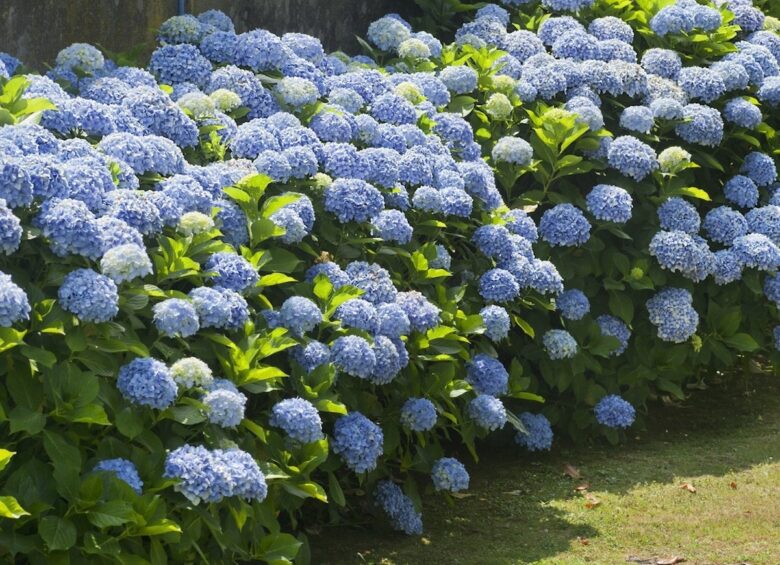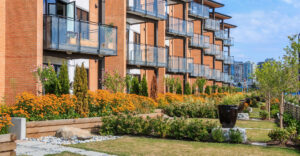Introduction
Gardening is a delightful hobby that allows us to connect with nature and create vibrant outdoor spaces. However, not all of us are blessed with abundant sunlight in our gardens. If your outdoor space is shaded by trees, buildings, or other structures, it doesn’t mean you have to give up on gardening. In this article, we will explore the fascinating world of shade-loving plants and how you can transform your shaded garden into a lush and inviting oasis.
Understanding Different Types of Shade
Before we delve into the world of shade-loving plants, it’s crucial to understand the different types of shade:
1. Full Shade (H1)
Full shade areas receive little to no direct sunlight throughout the day. These areas are often found under dense tree canopies or on the north side of buildings.
2. Partial Shade (H2)
Partial shade areas receive some sunlight but are protected from the intense midday sun. They typically get filtered or dappled sunlight through trees or other structures.
3. Dry Shade (H2)
Dry shade areas are not only shaded but also tend to have dry soil due to the tree roots absorbing most of the moisture. These conditions can be challenging for plants.
4. Moist Shade (H2)
Moist shade areas are shaded but have soil that retains moisture better. These spots are often near bodies of water or receive occasional rainfall.
Choosing the Right Shade-Loving Plants
Now that we’ve covered the different types of shade, let’s discuss the plants that thrive in these conditions:
1. Hostas (H3)
Hostas are renowned for their striking foliage. They come in various shades of green, blue, and even variegated varieties. These hardy perennials are perfect for full and partial shade areas.
2. Ferns (H3)
Ferns add an elegant touch to shaded gardens. They love moist shade and come in various shapes and sizes. Maidenhair ferns and ostrich ferns are popular choices.
3. Bleeding Heart (H3)
Known for its unique heart-shaped flowers, the bleeding heart plant thrives in partial to full shade. It adds a touch of romance to your garden.
4. Astilbes (H3)
Astilbes are feathery, colorful plumes that brighten up shaded areas. They prefer moist shade and come in a range of colors, from soft pastels to vibrant reds.
5. Heucheras (H3)
Heucheras, or coral bells, are prized for their stunning foliage colors. They are adaptable and can grow in both partial and full shade.
Planting and Caring for Shade-Loving Plants
Now that you’ve selected your shade-loving plants, here are some tips for planting and caring for them:
1. Soil Preparation (H4)
Ensure your soil is well-draining and rich in organic matter. Add compost to improve soil structure.
2. Mulching (H4)
Mulch helps retain moisture and keeps the soil cool. Apply a layer of mulch around your plants to conserve moisture and suppress weeds.
3. Watering (H4)
While shade-loving plants don’t need as much water as sun-loving ones, it’s essential to keep the soil consistently moist, especially during the hot summer months.
4. Pruning (H4)
Regularly prune and deadhead your plants to encourage healthy growth and maintain their shape.
Conclusion
Gardening in limited sunlight can be a rewarding experience when you choose the right shade-loving plants and provide them with proper care. With the knowledge of different types of shade and the selection of suitable plants, you can transform your shaded garden into a beautiful and thriving oasis.
Remember that gardening is a creative journey, so don’t be afraid to experiment and find the perfect combination of shade-loving plants that suit your unique garden.
Access Now: https://bit.ly/J_Umma
Frequently Asked Questions
1. Can I grow vegetables in a shaded garden?
While most vegetables require full sun, some leafy greens like lettuce and spinach can tolerate partial shade. However, for a bountiful vegetable harvest, it’s best to have at least six hours of sunlight.
2. Are all ferns suitable for shade gardens?
Most ferns thrive in shaded environments, but some, like the Japanese painted fern, prefer partial to full shade. Be sure to check the specific requirements of the fern variety you choose.
3. How do I deal with dry shade in my garden?
To address dry shade, consider adding organic matter to the soil, mulching to retain moisture, and selecting plants that can tolerate such conditions, like barrenworts and wild gingers.
4. Can I mix shade-loving and sun-loving plants in the same garden?
Yes, you can create a diverse garden by combining both types of plants. Just be mindful of the sunlight requirements of each species and plant them accordingly.
5. What are some flowering shade-loving plants?
In addition to bleeding hearts and astilbes mentioned in the article, you can also consider planting impatiens, begonias, and columbines for colorful blooms in shaded areas.



